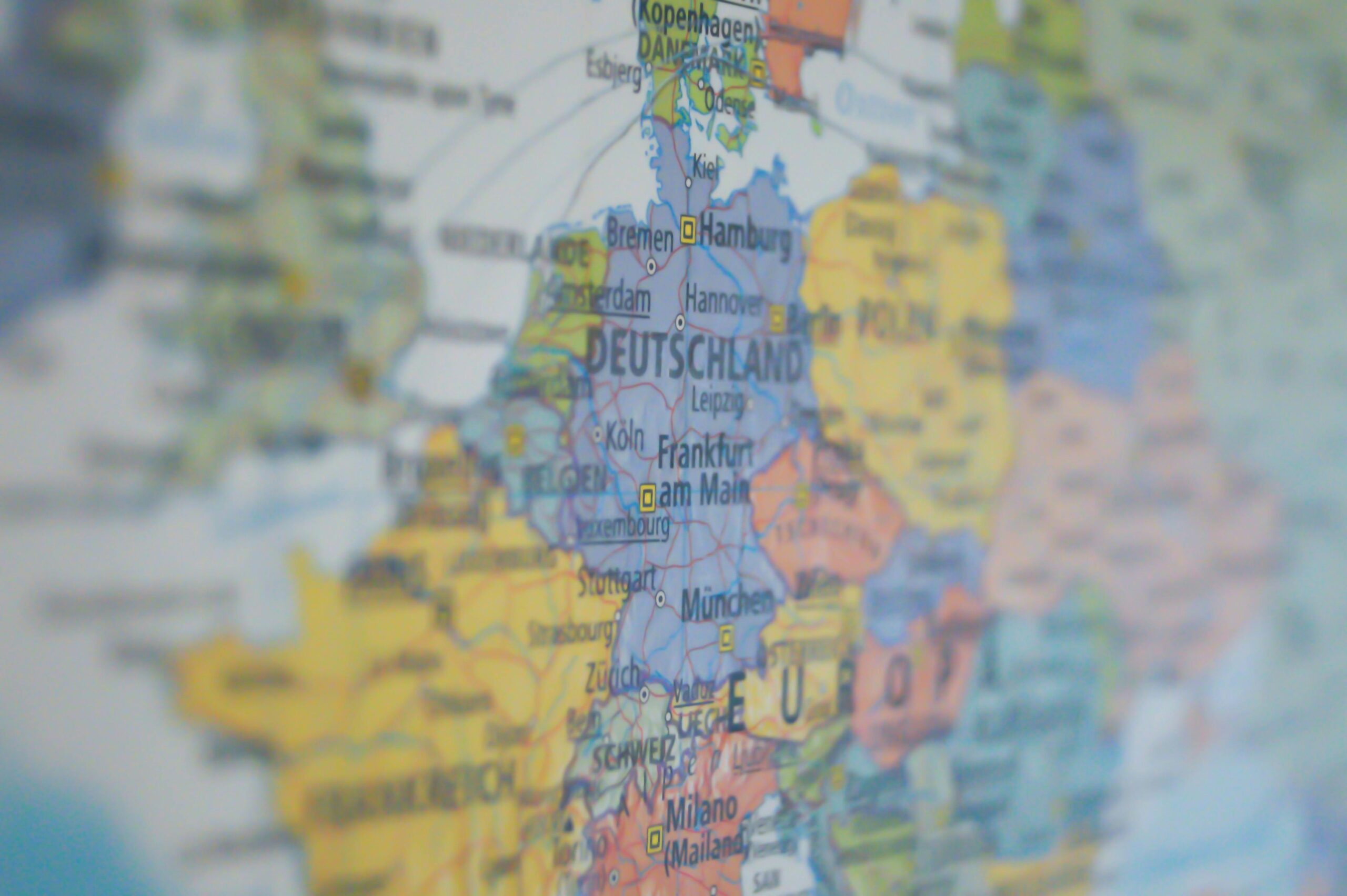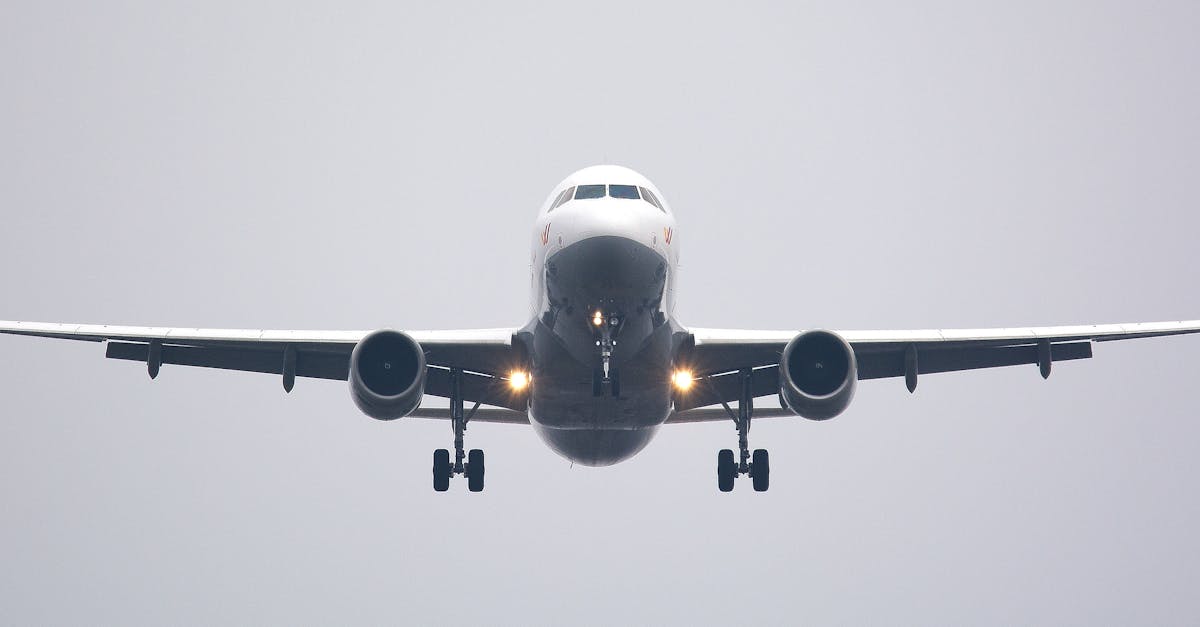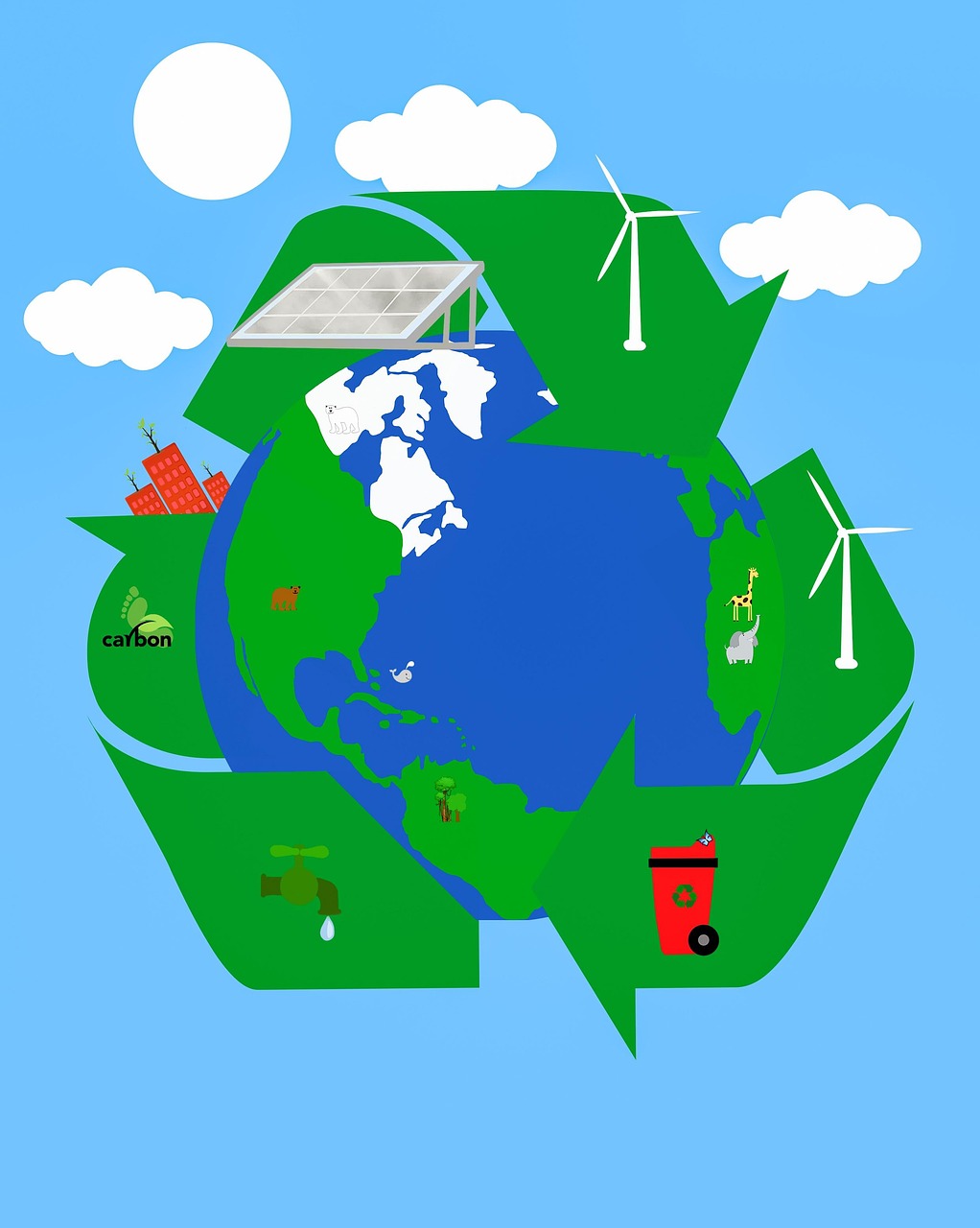New Focus on Sharing Data and Fast Action
The World Health Organization (WHO) has set out new plans to help the world deal with future health threats. These steps were shared at the 78th World Health Assembly and came after long talks between members from many countries. This shows that countries are starting to work together more closely again, after years of blame and delay during past health emergencies.
One key part of the plan is better sharing of disease data. During earlier outbreaks, many countries were slow to report early warning signs. The new plan encourages quick and open reporting of new diseases, so help can reach affected places faster. To help this work better, WHO will support countries that lack good tools to collect or share medical reports. This should help stop outbreaks before they grow too large.
The plan also sets up new rules to support faster decisions when the next health emergency begins. Some delays in past years came from waiting too long before action was taken. The new rules mean the WHO can give clear advice sooner, without waiting for final lab results or full case numbers. By acting early, countries may be able to avoid harsh lockdowns or panic.
These early moves are not only about disease control. They also protect daily life, jobs, and health services. Quick steps could stop the spread of fear and pressure on hospitals. This helps both rich and poor nations alike, since no country is free from the effects of global health threats.
Better Tools and Training for All Countries
Another part of the WHO plan is to support weaker health systems. Many places still lack basic medical supplies or trained staff. This makes them more likely to suffer during health scares. The WHO will now work more with local leaders to train staff, store supplies, and test emergency plans in advance.
Training is set to focus on key skills like infection control, patient care, and safe use of equipment. During past outbreaks, lack of training led to mistakes, such as the wrong use of masks or delays in spotting signs of spread. With better practice, these risks can drop.
The plan also talks about local health workers. These are often the first people to spot a problem, yet they are often the last to receive help or training. WHO wants to change that by giving more help to small clinics and local health teams. When these people are ready, whole communities stay safer.
Besides training, WHO is building better ways to send help quickly. This includes storage of masks, gowns, and other gear in many parts of the world, not just in big cities or far-off capitals. This could cut delays during the early days of a crisis, when time matters most.
Clearer Rules for Travel and Trade
One problem during past pandemics was confusion around travel and trade rules. Borders closed without notice, goods were delayed, and people were left stranded. The new plan works to avoid this in the future. Countries are being asked to agree in advance on what kind of border steps are fair and when they should be used.
Rather than each country making sudden choices alone, there will now be a list of steps based on shared advice. These rules aim to protect both public health and daily trade. For example, if a country sees new cases, it could be asked to share data and allow checks, but not face full blockades unless needed.
The WHO also plans to track new disease risks through special teams that watch travel routes and goods traffic. These teams will send alerts when something seems wrong. This can help avoid large-scale panic and protect food and medicine supply chains.
The plan does not ask countries to give up their power to protect their people. Each state still decides what steps to take. However, the WHO is giving a clearer guide for when and how to act, so panic and blame can be avoided.
Learning from Past Mistakes
Much of the new plan comes from lessons learned during COVID-19 and other outbreaks. During those years, trust in global health efforts dropped. Some governments blamed others for late warnings or unfair treatment, and WHO faced anger for slow responses or poor communication. This plan is part of efforts to rebuild that trust.
One way trust is being rebuilt is through better public talks and clearer reports. WHO now holds regular briefings with open notes and easy-to-read updates. These aim to stop the spread of false news, which worsened past crises. People need to hear facts from a trusted source, not rumours.
Another step is to stop richer countries from taking all the vaccines or tests first. WHO is now asking all members to agree on a fair way to share tools, based on how much they need and how fast they can use them. This could stop fights over supplies during the next outbreak.
There is also a push for stronger local labs. In past years, too much pressure was placed on a few big labs in Europe or the US. The new plan helps build testing sites in many parts of Africa, Asia, and South America. This means early signs of trouble can be spotted closer to where they start.
Conclusion: A Chance for the World to Work Together
The WHO’s new plans mark a fresh chance for countries to act together when new health threats appear. These steps may not stop every outbreak, but they give the world a better chance to act quickly and fairly. By sharing early warnings, training staff, and agreeing on fair rules for borders and goods, we may be able to stop the next crisis before it spreads too far.
This also means more trust and fairness in global health. If each country sees that others are doing their part, there may be less fear and more cooperation. That trust will be needed when the next threat appears. For now, these new steps are a signal that the world is ready to move forward, one step at a time.














Leave a Reply